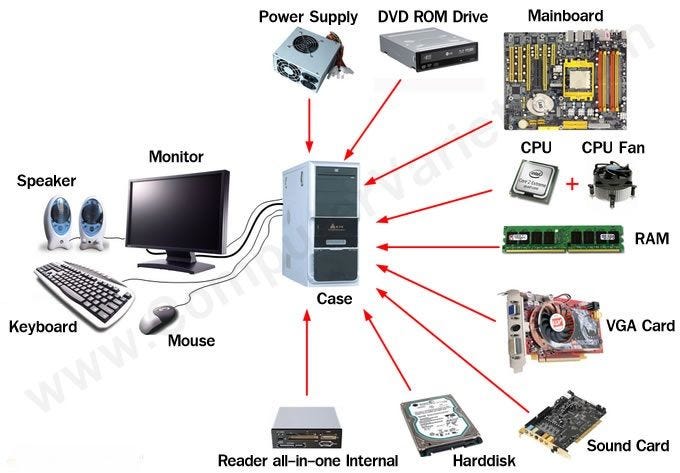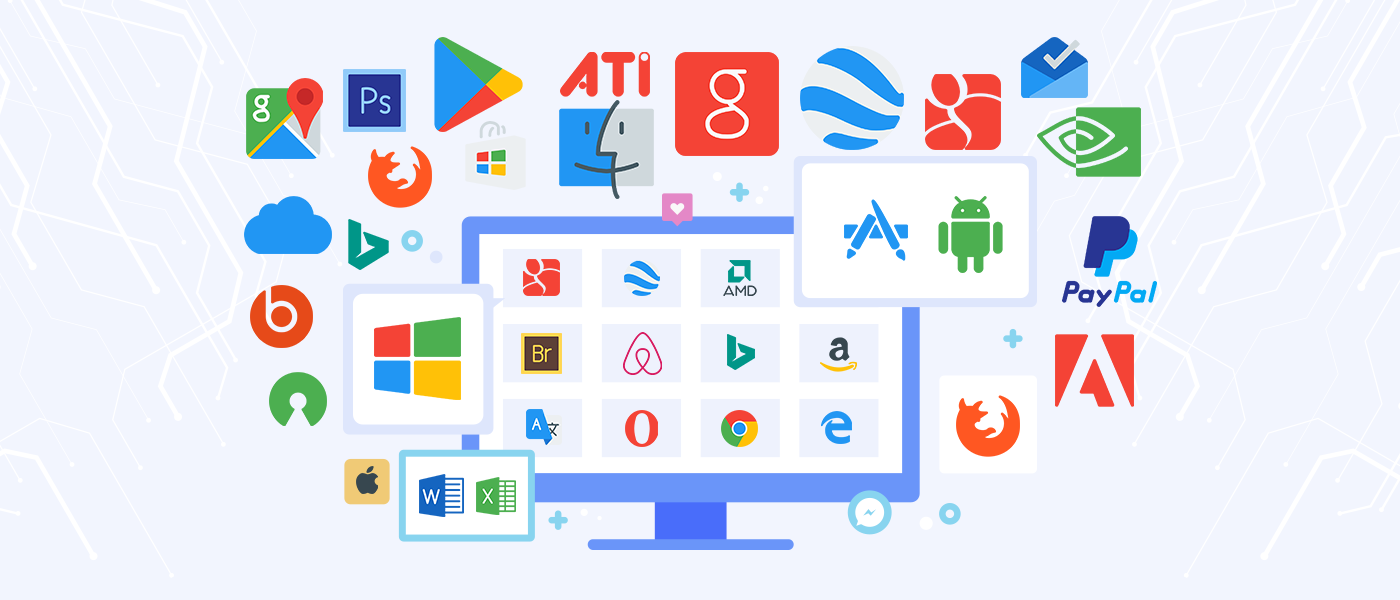reading-notes
Aloysious' Codefellows Reading Notes
How Computers Work
How Computers Work

There are FOUR major functions of a Computer
Taking data and instructions from a user, processing the data as per instructions, and displaying or storing the processed data, are the four major functions of a computer.
These functions are also known as the:
- input function
- process function
- output function
- storage function, respectively.
Computer Networking Notes - computer explained
Binary Data Representation
Computers store all data as patterns of 0’s and 1’s. Information systems using 0’s and 1’s are collectively known as binary information systems.
Each 0 or 1 in a binary value is called a bit, which is short for binary digit.
A collection of 8 bits is called a byte. A byte is a very common unit of storage for electronic memory. It is usually the smallest chunk of data that programs process, although many languages support processing individual bits as well. Processing data smaller than a byte is generally not as easy as processing whole bytes.
A collection of 4 bits is called a nybble.
A word is the maximum amount of data a CPU can process at once, and is usually 1, 2, 4, or 8 bytes (8 to 64 bits).
Numeric data is stored using several different binary number formats, all of which use a finite number of binary digits (bits), and therefore are subject to overflow and round-off.
UWM-Binary Data Representation
As humans, we typically represent numbers in the decimal system. Counting to ten is as simple as 1, 2, 3, 4, 5, 6, 7, 8, 9, 10.
Computers represent all information in bits. In order to represent numbers with just 0s and 1s, computers use the binary number system. Here’s what it looks like when a computer counts to ten:
- 0001
- 0010
- 0011
- 0100
- 0101
- 0110
- 0111
- 1000
- 1001
- 1010 Khan Academy-Numbers-Bits-Binary
Logic and Circuits
Computers often chain logic gates together, by taking the output from one gate and using it as the input to another gate. We call that a logic circuit.
Circuits enables computers to do more complex operations than they could accomplish with just a single gate. The smallest circuit is a chain of 2 logic gates.
CPU and Memory

The computer does its primary work in a part of the machine we cannot see, a control center that converts data input to information output. This control center, called the central processing unit (CPU), is a highly complex, extensive set of electronic circuitry that executes stored program instructions. All computers, large and small, must have a central processing unit. The central processing unit consists of two parts: The control unit and the arithmetic/logic unit. Each part has a specific function.
How Computers Work: The CPU and Memory
Hardware

Hardware refers to the physical elements of a computer. This is also sometime called the machinery or the equipment of the computer. Examples of hardware in a computer are the keyboard, the monitor, the mouse and the central processing unit. However, most of a computer’s hardware cannot be seen; in other words, it is not an external element of the computer, but rather an internal one, surrounded by the computer’s casing (tower). A computer’s hardware is comprised of many different parts, but perhaps the most important of these is the motherboard. The motherboard is made up of even more parts that power and control the computer.
Software

Software, commonly known as programs or apps, consists of all the instructions that tell the hardware how to perform a task. These instructions come from a software developer in the form that will be accepted by the platform (operating system + CPU) that they are based on.
